Genius Ideas for Flying with Car Seats and Strollers

Leave the stress behind when traveling with a car seat and stroller.
The most stressful aspect of traveling with children is flying with car seats and strollers. Airlines and airports are not subject to the same rules, making it even more challenging. Therefore, one trip may be a breeze while another may be a nightmare.
Do you need to bring a stroller and car seat to the airport? Do you need to bring the bulky equipment with you, or should you leave it at home? When you carry your child on your lap, you save yourself the expense of an airline seat.
“Taking strollers and car seats on a plane has its own set of rules. Flying on an airplane allows you to check them at no charge. You will need to check with the airline’s personnel if you need a child safety seat on board. It depends on your situation whether they are allowed during your flight.”
Related: Best Convertible Car Seats
Why Fly With a Car Seat and Stroller?
You may wonder whether taking your stroller and car seat on an airplane is worth the hassle. In spite of the fact that the American Society of Pediatrics recommends that parents use a child restraint system during a flight, the use of a child restraint system is ultimately a matter of parental choice. Despite making the same recommendations, the FAA does not require its use.
A Car Seat Protects Your Child In Flight
Often, people assume it is safe for small children to travel in laps on a plane because the FAA allows them to travel in laps as “lap-children”. There is no truth to this.
Many crash investigations have indicated that children who were held on their lap sustained serious, and sometimes fatal, injuries. Turbulence has caused injuries and even deaths to unrestrained children.
Compared to unrestrained children, children who are restrained in an FAA-approved car seat have a significantly higher chance of surviving and avoiding serious injury in a crash.
Comfortable Car Seats for Airplanes
A car seat makes traveling with an infant or older child much more comfortable for both parents and children. The familiarity of the car seat can also provide a measure of comfort to a child who may otherwise be disturbed by travel disruptions.
Safer Than Car Seats and Strollers at Your Destination
Some parents hire equipment at their destination rather than bringing their own car seat and stroller. There are a number of disadvantages to this approach, even though it may appear to be a great solution.
- Your destination may not offer safety equipment for rent.
- Car seats, for example, may not adhere to the expiration dates as we are accustomed to at home.
- No matter where you travel within the country, you cannot guarantee that the equipment you rent has been properly maintained.
Choosing the right car seat and stroller for your flight
In my search for a car seat and stroller, I made the mistake of thinking that “travel systems” would be a good choice. The opposite is true!
Taking our sleeping babies from the truck without waking them was extremely easy with our travel system, but folding and unfolding the stroller was less straightforward. When we travel, we now use a smaller, lighter stroller.
Most lightweight strollers cannot be used for newborns unless the seat reclines completely flat. Any upright stroller is not suitable for a baby until he or she can sit up and hold his or her head steady.
Due to its infant car seat compatibility, we purchased the Mountain Buggy Nano Duo Stroller. As long as the stroller folds up small enough, we could keep our newborns in their existing seats. The stroller didn’t need to be checked at the baggage check or gate, and it didn’t need to be picked up at the other end.
It is fairly lightweight, which becomes increasingly important when you have to walk a long distance to the airplane from the car seat. The Chico KeyFit 30 will fit in the majority of airplane seats. It shouldn’t feel like you’re training for a weightlifting competition. Your baby needs to be on the plane as soon as possible.
The Best Way to Check a Car Seat or Stroller
A child’s firsts are always stressful when you have one. Car seats and strollers are not excluded when flying. If you plan ahead and choose your gear carefully, it’s not nearly as difficult or stressful as you might think.
You should remove any attached items, such as toys and cup holders, no matter where you check your luggage. Once you’ve secured all straps, you’re ready to go. It will minimize the chances that something will get caught and cause damage if you don’t use a check-in bag.
Ticket counters and curbside
Ticket counters and curbsides are convenient places to check strollers and car seats. If you want your stroller or car seat checked, you tell the airline’s staff. Your checked bag will be tagged with a luggage tag.
Gates at the entrance
At the gate, the process is similar to check-in. You will receive a label from the flight attendant to securely attach to your stroller or car seat. As soon as you arrive at the gate, even if you don’t intend to check your item right away, ask a staff member for the label.
The whole process of checking will be streamlined when you are ready to board if you attach your label as soon as possible.
During boarding, we discovered the staff member at the gate had no luggage labels and we inadvertently delayed a flight. The issue was resolved in almost 20 minutes. A delayed flight caused upset among fellow passengers.
Is it possible to carry on my car seat or stroller?
Any piece of luggage can be carried onto an airplane, including a stroller or car seat. You are generally OK if it fits in the overhead compartment if it folds up small enough. In this case, you will need to check the item.
Using your child’s car seat in an airplane seat is the only exception to this rule.
Strollers and car seats: How to protect them when flying
You might want to consider a flight check stroller bag if you plan on checking a lightweight stroller at baggage or at the gate. This bag does not prevent structural damage to your stroller, but it prevents it from getting dirty in the baggage hold.
The Alnoor USA Flight Check Bag is one of my favorite bags. When traveling with little ones, you need to carry dozens of things in addition to the backpack, and it has comfortable padded straps that allow you to carry it like a backpack.
Our children under 2 years old are always seated in their car seats on transatlantic flights and are secured in their seats. Nevertheless, if this is not possible or if your flight is short, you may want to check your car seat. As a result, your car seat will remain clean, but it is not protected from structural damage by the JL Childress Check Bag.
If you’re looking for a car seat bag that provides more protection, JL Childress has you covered. With its padded cocoon and hands-free straps, it allows you to carry your car seat comfortably without having to carry it yourself.
Car Seats on Planes
You must have an FAA-approved car seat to use on an airplane. There are a lot of car seats approved in the U.S. today, but it’s important to double-check that the sticker is attached and easy to access.
Flight attendants often ask to see the sticker on your car seat to confirm compliance. The sticker shouldn’t have been peeled off by one of your kids at this time.
It is only allowed to use car seats in seats that do not block the exit of other passengers. The middle seat on an airplane with center rows usually means a window seat. Rows with emergency exits cannot accommodate car seats.
If you plan on using a car seat in an airplane seat, make sure it fits inside the seat. Car seats must be at least as wide as a coach seat, which is generally 16 inches. It is the airline’s responsibility to accommodate you in another seat if your car seat doesn’t fit the airplane seat.
Follow the manufacturer’s instructions when installing your car seat. You should put your rear-facing infant seat in the rear of the airplane if you have one.
It is still recommended by some flight attendants that parents place their children in these seats facing forward. As a result, you should bookmark the relevant FAA regulations on your phone. They can then be shared with the attendant.
Your seat can be positioned in a forward-facing position if the attendant insists. Alternatively, you can argue your case for turning the seat forward. You may be removed from the flight if you choose the second option.
Here are some other tips for traveling with car seats and strollers
Flying with car seats and strollers is a bit tricky, but here are a few tips I’ve picked up over the years.
- Make sure your car seat or folding stroller will fit on every flight if you plan to use them on the airplane. Size regulations vary from airline to airline, so what worked on your last flight may not work on your next.
- In case you are traveling with a stroller or a car seat, find out what procedures are in place at the other end of the flight. Can they be found on the baggage claim carousel at landing, on the luggage claim carousel at baggage claim, or at the counter for oversized luggage?
- In the event you will be checking your stroller and/or car seat in the airport, consider purchasing a baby sling. A stroller lock can be a lifesaver if you are required to go through passport control prior to retrieving your stroller.
- It is advisable to take a photograph of your car seat and stroller before leaving your home. As a result, it will be easier to make a claim in the event that your car seat or stroller is damaged while it is being checked.
- Even if you are flying with your own car seat or stroller, make sure that there are car seats and strollers available at your destination. Having a backup plan in place is useful in the event that your car seat or stroller is badly damaged and becomes unusable, or if it is lost in transit.
Summary:
With the right planning, travel with a stroller and car seat can be simple and stress-free. You can check your items as baggage just like you would a suitcase or backpack. Car seats and strollers can even be checked at the gate.
Research is essential to ensuring you have the knowledge and equipment you need to keep your child safe. Don’t forget, however, that there are many airport and airline regulations to meet as well.

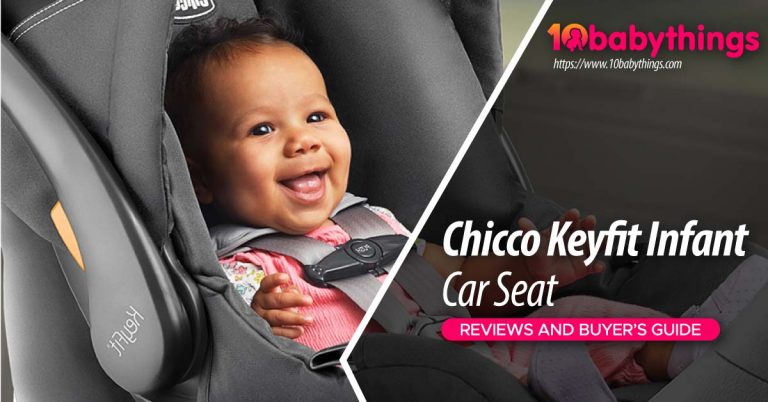
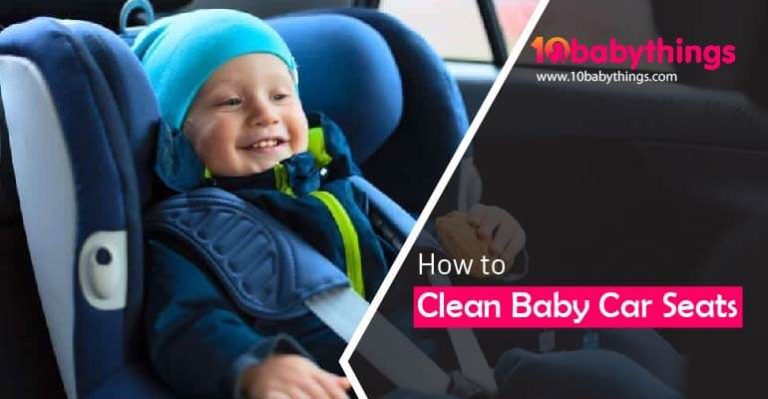
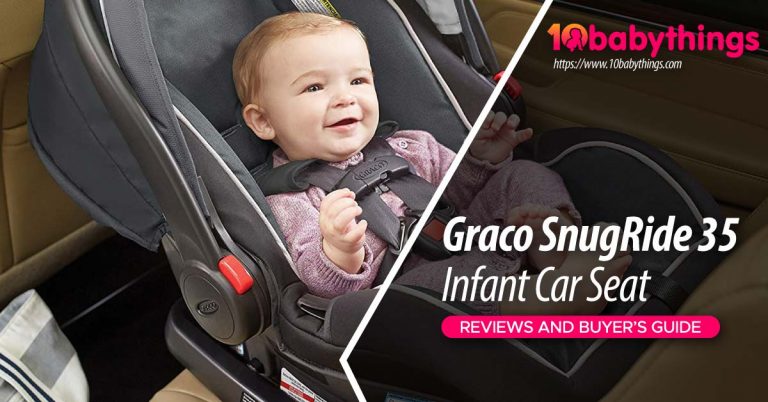
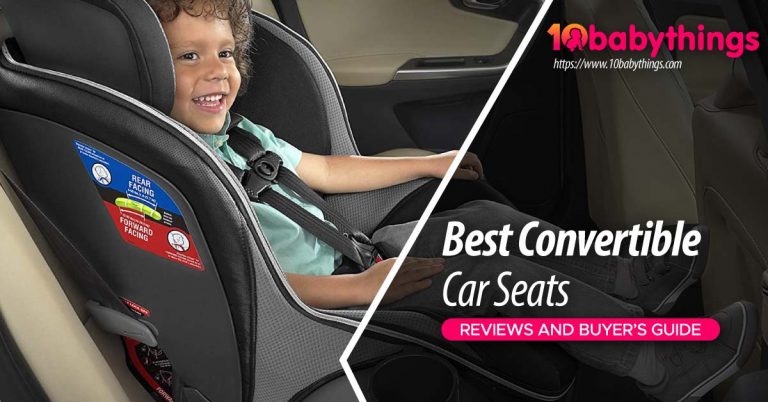
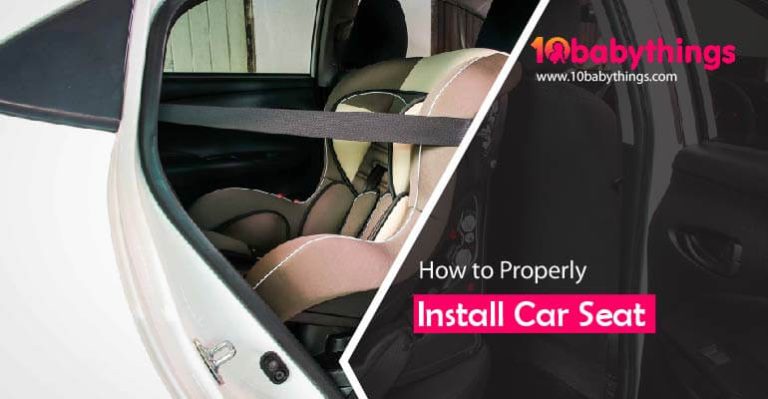
![What to do with Old Car Seats? [ Tips & Things to Do ]](https://www.10babythings.com/wp-content/uploads/2022/09/What-to-Do-With-Old-Car-Seats-01-768x399.jpg)